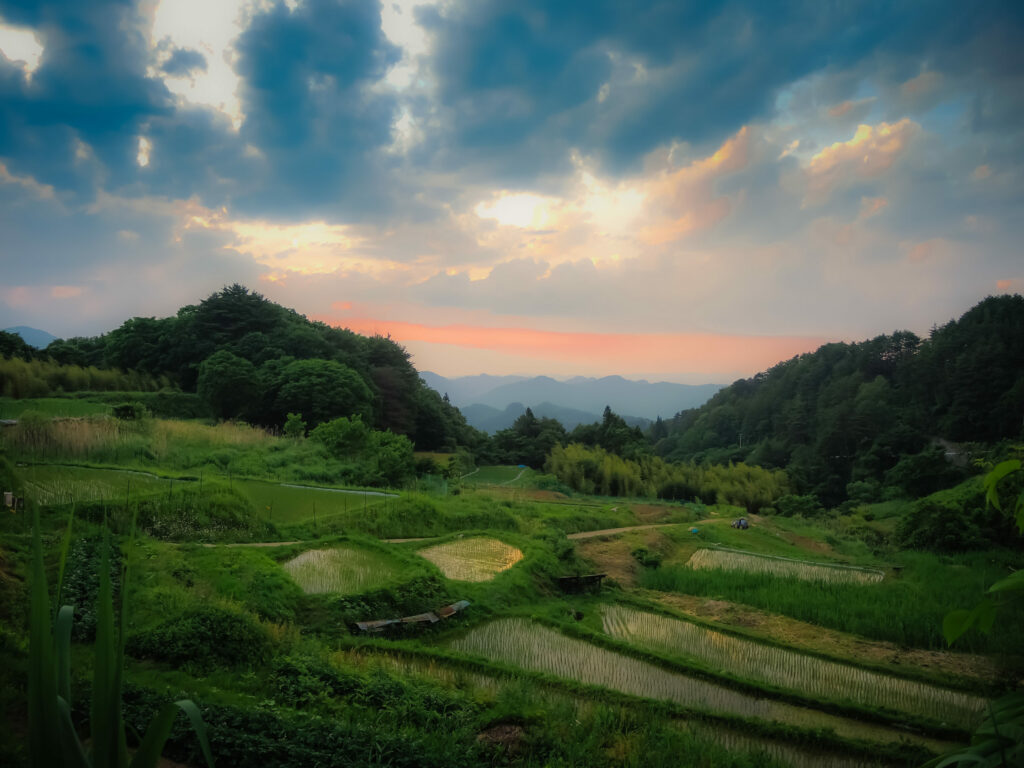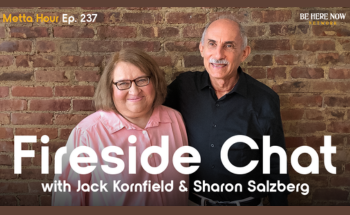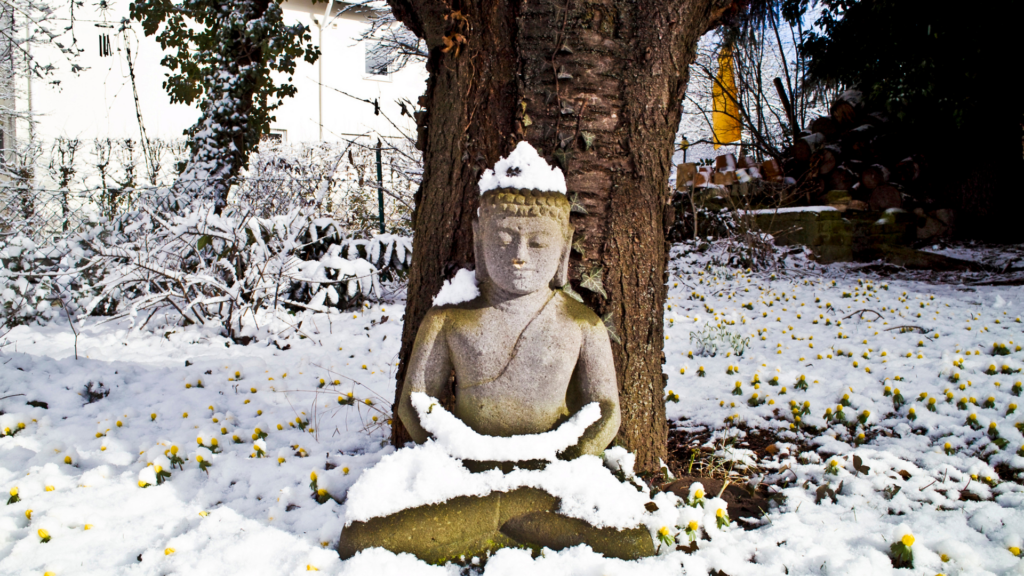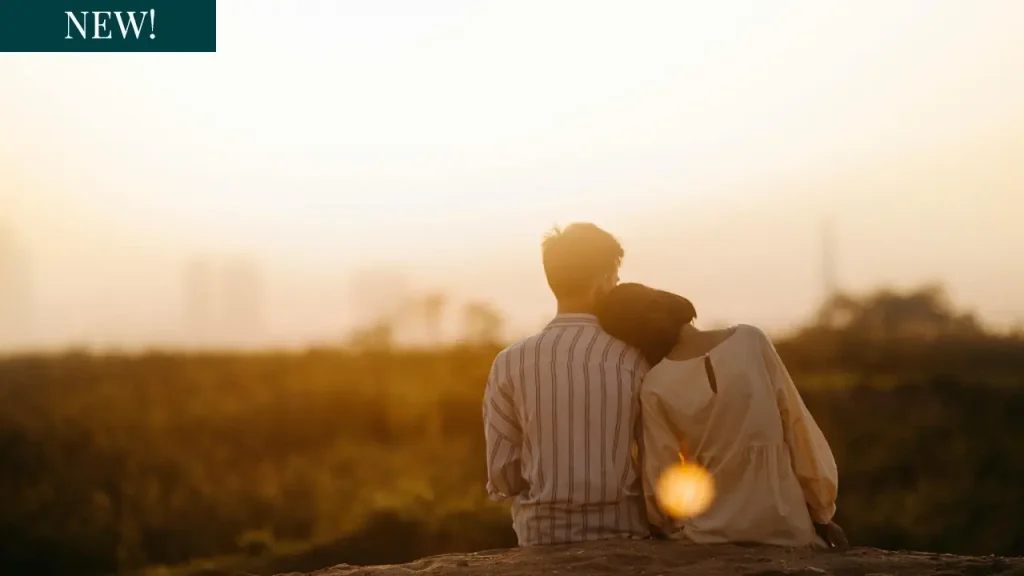“Who are we, really?” the Zen koans demand, “Who is dragging this body around?” or “What was your original face before your parents were born?” These questions force us to look directly at the consciousness that inhabits our body. In a simpler way, Ajahn Chah asked his students to turn toward consciousness and Be the Knowing. Tibetan teachers instruct their students to turn their attention around from looking outward, to direct their gaze inside back to see who or what is doing the looking. Ajahn Jumnian, a Thai forest master, has his students place their awareness in the area of their forehead. He tells them to witness all experience as if from the “third eye,” which simply means to relax and sense from above our eyes how spacious consciousness knows all experience. In all these practices we turn toward and rest in consciousness itself.
It is as if we are in a movie theatre, completely lost in a variety of shows, romances, adventure films and nature films, comedies and tragedies, usually starring ourselves. Then we hear the instruction to look at the source of the movies on the screen. Turning our heads for the first time we recognize that all the movie images arise from a light source and a series of changing images projected by the light onto the screen. The light, clear and shining, is colored by the various forms on the film, yet its essential nature is pure and unchanging.
At some moments there are also gaps in the action, the show gets a bit slow, even boring. We might shift in our seats, notice the people eating popcorn around us, remember we’re in a movie. In the same way we can notice that there are gaps between our thoughts, gaps in the whole sense of our self. Instead of being lost in ideas and the problems in front of us, creating the whole drama of ourself, there are moments when we sense the space around our experience, let go, relax.
The space between thoughts, gaps where we let go and are not identified with our thoughts, feelings, and reactions arise all the time. “These gaps,” says the meditation master Chogyam Trungpa Rinpoche, “are extremely good news.” They remind us that we can always rest in awareness, that freedom is always possible.
In this way we do not require special meditative circumstances or a near-death experience like Salam to return to awareness. A boy in school suddenly notices a sunbeam illuminating the dust and he is no longer the earnest fifth-grader struggling with math. He smiles as he senses the ever-present mystery and his whole building and schoolboy drama are held in a silent, free awareness. A woman walking down the street thinks of a distant friend and for a moment forgets her errands and feels eternity and her own small life passing through it. In an argument we stop, laugh, let go and become silent.
Each moment of returning to consciousness offers a moment of freedom. Space opens up. We’re really caught in the drama of our life and then we remember, just like the movies, “Oh, really caught this time, huh,” and smile. We gain perspective. Just like in the movies, we can be entranced by a tragedy or comedy or drama or adventure and then remember, “Oh, it’s just a movie.” Returning to conscious awareness gives space and brings perspective. It is truly liberating.
Read Part Two: Turning Toward Our Essence
This excerpt is taken from the book, “The Wise Heart”






